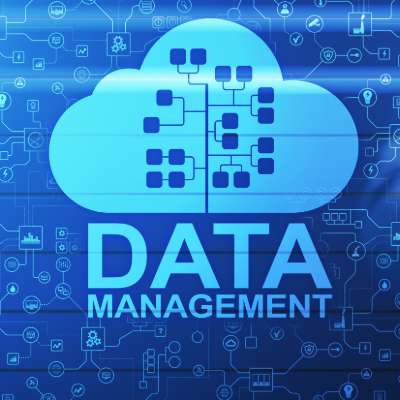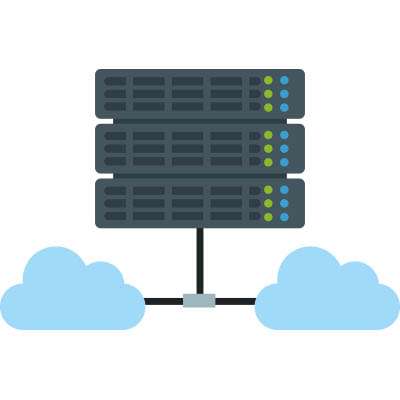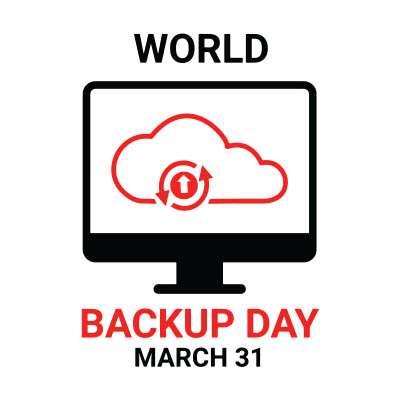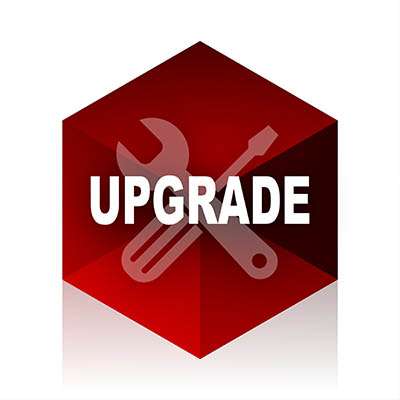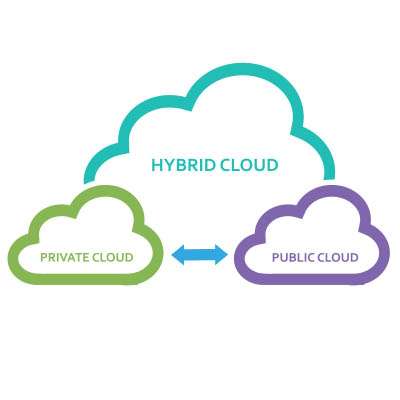Starting a small business is exciting but keeping it running is the real challenge. Many businesses start with a great idea, a solid customer base, and high hopes, only to crash and burn because of avoidable mistakes. If you’re a small business owner or planning to become one, look out for these three major pitfalls that can sink your business faster than you can say bankruptcy.
Macro Systems Blog
If your business owns more than one computer, you’ve got tech to track. Laptops, monitors, printers, routers, projectors, phones; it all adds up fast. If you’re not keeping an eye on it, your business could end up with missing equipment, surprise inefficiency, or worse, security problems. That’s why tracking your hardware is imperative.
Technology is no longer just a support function for a business, it's a critical driver of business performance, security, and competitiveness. As systems age and newer solutions are implemented, the need to evaluate and upgrade your technology becomes imperative. While it’s easy to maintain the mindset of reactive maintenance, relying on outdated technology can quietly hinder growth and expose your business to significant risks.
Running a small or medium-sized business means juggling countless priorities. You're focused on your customers, team, and bottom line… but what about the technology that powers it all?
Usually overlooked, your IT infrastructure is far more than just the computers on desks. It's the complex web of network equipment, essential software subscriptions, cloud services, and even the personal smartphones and tablets your employees use for work. Keeping this entire ecosystem running smoothly and securely is a significant challenge for many SMBs.
Today's small businesses generate a lot of data. From customer details and sales records to inventory tracking and employee schedules, you need to be able to structure this data so that you can use it effectively. Keeping that data organized and accessible is critical but managing it effectively can often be a hassle. This is where smart database management comes in. When done right, it helps businesses run smoother and often save money.
It is great to have pride and confidence in your organization, especially in the team you’ve assembled… including your in-house technical support team. However, even the most capable IT team may not fully meet a business’ needs.
Listed below: an IT team's responsibilities and what can be done to correct any deficits they may encounter.
Data storage can be hard for SMBs to manage, but the cloud can make it significantly easier and cheaper. There are real, tangible advantages of using the cloud for your data storage requirements. Listed below are three major reasons why your business should have cloud storage on its list of tech infrastructure priorities in the coming months.
Does your business have an internal IT department or dedicated IT resource? We know it can be hard sometimes to find the talent you’re looking for, but that doesn’t make it any less critical. Listed below are some of the issues you’ll want to keep in mind if you want to get an IT technician on your staff.
Bring Your Own Device, or BYOD, is a common approach for businesses that want to take advantage of mobile technology to increase productivity. Instead of supplying each individual employee with company-owned devices, businesses allow employees to utilize their own devices for work-related purposes. While this is great on the budget, it’s only really effective, and safe, if the employee prioritizes security on their devices; otherwise, it’s a liability.
You open your email and you have a message claiming your bank account has been hacked. You click the link, log in, and, whoops, you just handed your credentials to a cybercriminal. You’ve been a victim of phishing, where scammers bait you with fake messages and reel you in like an unsuspecting fish. You don’t have to be their next catch. Listed below: how to recognize and fight back against phishing attempts.
If your company has at least a couple of employees who spend part of their workday in a different location, are you doing all you can to help them be as productive as possible? While remote work is beneficial in so many circumstances, there are a lot of caveats to it that must be considered. Listed below is how you can mitigate risk and keep remote work from becoming a liability for your organization.
Whether you’re aware or not, you’re probably already using the cloud in at least some capacity. The trick is to find the best way to manage your organization's cloud so that it works for your business' specific needs. Listed below is a look at the different types of cloud management policies and why you need to weigh your options to get the most value for your business.
It’s no secret that Google Chrome is one of the most utilized web browsers in the world, if not the most utilized. Still, most people don’t use the browser to its full potential, and they leave so many wasted opportunities to save time and resources on the table. Listed below are some tips, but also a couple of features that perhaps you didn’t know existed for Google Chrome so you can continue to get more value out of it as a business and productivity tool.
In business, paper tends to pile up, gets lost, and sometimes mysteriously multiplies overnight like gremlins exposed to water. If your business is drowning in paper or struggling to find critical files, it might be time to consider digital document management. But when exactly does it make sense to invest in this technology?







